![1. Image source: NASA/Bill Ingalls [Public domain], via Wikimedia Commons](http://www.myenglishlanguage.com/wp-content/uploads/2015/04/queen-1.jpg) Patriotic households everywhere will be flying the flag this weekend for the Queen’s Platinum Jubilee! This year marks Queen Elizabeth’s 70 years of service to the people of the United Kingdom, the Realms and the Commonwealth. The celebrations will take place over a special bank holiday weekend from 2nd to 5th June.
Patriotic households everywhere will be flying the flag this weekend for the Queen’s Platinum Jubilee! This year marks Queen Elizabeth’s 70 years of service to the people of the United Kingdom, the Realms and the Commonwealth. The celebrations will take place over a special bank holiday weekend from 2nd to 5th June.
The four days of celebration include the Trooping of the Colour (the Queen’s Birthday parade), the lighting of beacons across the UK, a Service of Thanksgiving at St Paul’s Cathedral, the Derby at Epsom, a Platinum Party at the Palace, Big Jubilee Lunches and the Platinum Jubilee Pageant. We are all raising a glass to the Queen on this special occasion, so come and join us for some royal vocabulary!
The Queen’s two birthdays
The Queen actually has two birthdays each year. Her real birthday is on 21st April and her official birthday is traditionally celebrated on the second Saturday in June. This year, Her Majesty’s official birthday is being celebrated on the Platinum Jubilee weekend from 2nd to 5th June.
This tradition of having an official birthday as a separate occasion was started by George II in 1748. The reason was that his birthday was in November and so, due to winter weather in the UK often being cold and rainy, he decided to celebrate officially in the summer so that parades and outdoor events could be held.
The Queen normally celebrates her actual birthday on 21st April privately, although the event is marked by gun salutes held at Hyde Park, Windsor Great Park and the Tower of London at midday.
The Queen’s official birthday in June
The Sovereign’s official birthday is when the country marks the event in a spectacular day of celebration, called the Trooping of the Colour (the ‘Colours’ were the regimental flags of the British army). Throughout history this event has normally been in the summer to improve the likelihood of good weather.
There were no gun salutes last year due to the restrictions in place related to the Coronavirus pandemic.
The celebrations of 2021 were also overshadowed by the death of Prince Phillip the Duke of Edinburgh, who passed away on April 9th 2021 at the age of 99. The Queen and Prince Phillip had been married for over 70 years.
Platinum Jubilee Weekend
The Platinum Jubilee Weekend is a special bank holiday weekend in the UK, which means people will be on holiday from Thursday 2nd June until Sunday 5th June. Thursday begins with the Queen’s birthday parade at 11am, where the Trooping of the Colour will take place and the Royal Gun Salute will be fired. Beacons will later be lit all around the UK with a principal beacon lit at Buckingham Palace at 9pm.
On Friday, the Service of Thanksgiving for the Queen’s reign takes place at St Paul’s Cathedral. On Saturday, we have the iconic horse racing event, the Epsom Derby. This is followed later by the Platinum Party at the Palace in the evening, where many superb musical acts will pay tribute to the Queen.
On Sunday, it is the Big Jubilee Lunch, where many special lunches will be taking place across the country and indeed the world. People will come together to celebrate the Jubilee with friendship, fun and food! Finally, the Platinum Jubilee Pageant will take place to wrap up the weekend, including a special journey by the Gold State Carriage, led by the Sovereign’s Escort.
The Queen’s birthday celebrations
On the birthday of Elizabeth II, royal fans always celebrate the occasion with street parties and other fun activities to honour one of the most important royal events of the year. In recent years, people have celebrated in private due to the restrictions related to the pandemic.
Six years ago, we saw a huge celebration as the Queen turned 90. On that occasion, the Queen visited the Royal Mail Windsor delivery office to mark the 500th anniversary of the Postal Service. She also visited Alexandra Gardens later in the day for a ceremony to officially open the new Bandstand.
On her 90th birthday, the Queen and the Duke of Edinburgh walked from Windsor Castle towards the Statute of Queen Victoria at the foot of Castle Hill, where Her Majesty unveiled a plaque marking the Queen’s Walkway.
The Queen’s Walkway is a special walking route around Windsor. It is four miles long and commemorates the Queen’s long reign.
In the evening, the Queen lit a beacon and viewed two further beacons being lit along Long Walk and at Copper Horse. In total, there were an incredible 900 beacons lit across the country to mark the Queen’s 90th birthday with many beacon-lighting events taking place.
The Queen’s birthday is normally a much quieter affair and this year will not be a public event. However, all patriotic people will still enjoy celebrating the special day by having a meal and drinks at home or simply singing the national anthem!
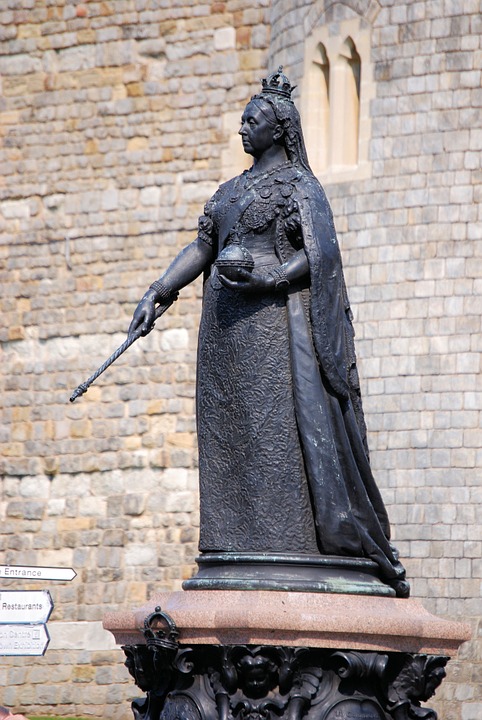
Statute of Queen Victoria at the foot of Castle Hill – image source
Previous royal birthdays – Easter and musical events
In 2019, the Queen’s birthday fell on Easter Day. This meant that well-wishers could glimpse Her Majesty attending the church service at St George’s Chapel in Windsor. The Queen then returned to Windsor Castle after the Easter church service for a sit-down lunch with her family.
In 2018, there was a musical celebration showcasing contemporary music from artists from the commonwealth, including Sting, Kylie Minogue, Ladysmith Black Mambazo and the BBC Concert Orchestra. The concert was also broadcast live on BBC One and BBC Radio 2.
The special musical celebration took place following the Commonwealth Heads of Government Meeting (CHOGM), which was attended by the leaders of all 53 Commonwealth members.
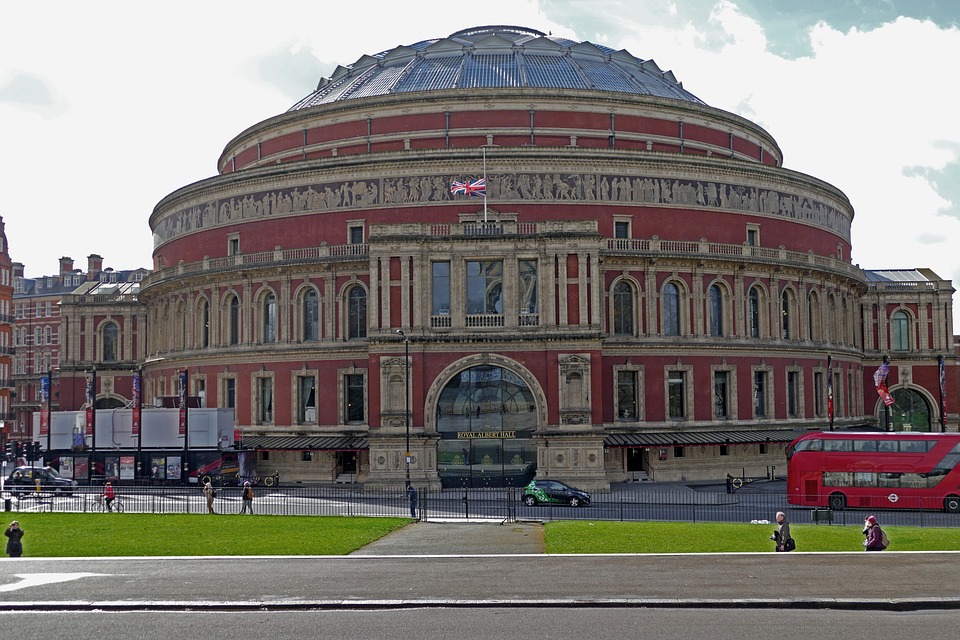
The Royal Albert Hall, where the Queen’s birthday musical celebration took place in 2018 – image source
Royal vocabulary for EFL lessons
For all EFL students, the Queen’s birthday is a good time to think about all that royal vocabulary. So settle down onto your throne, grab your crown, crack open a bottle of the most expensive Champagne you can find – and let’s go!
Here is a list of royal vocabulary that will not only be useful for use in EFL discussion classes, but is also an interesting resource and reference guide for those interested in the Royal Court and the British peerage system.
Royal vocabulary and royal-related phrases
Royalty – relating to royalty
Sovereign – the nation’s ruler / head of state
Monarch – the nation’s ruler
Elizabeth II – the current British Queen, daughter of George VI
Duke of Edinburgh – the Queen’s husband (Queen Elizabeth’s late husband, Prince Phillip, passed away on 9th April 2021, aged 99)
House of Windsor – the British Royal family since 1917
Your Majesty – title of address for the Queen
Your Highness – title of address for a royal person
Buckingham Palace – the Queen’s London home
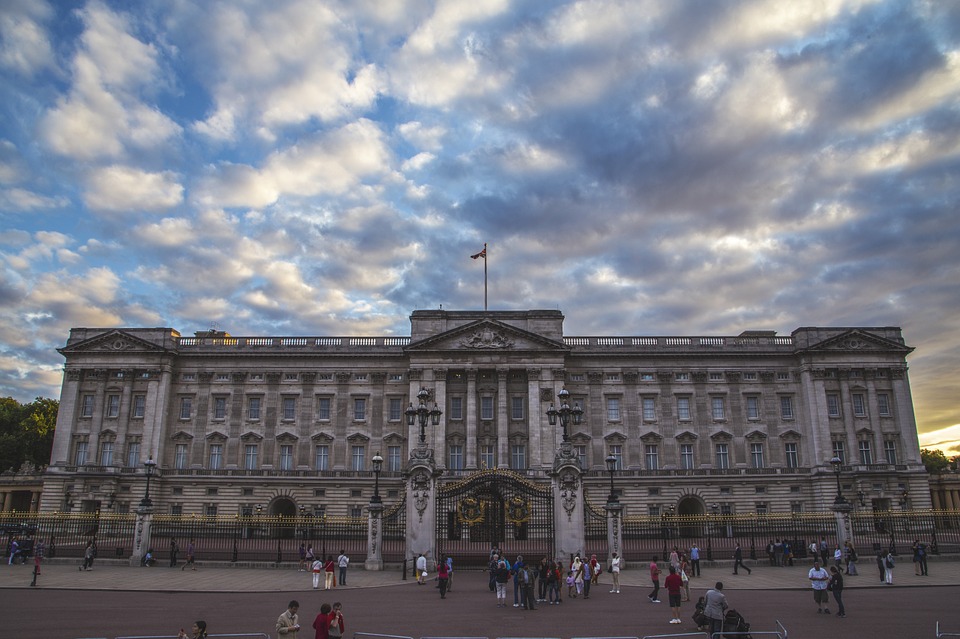
Buckingham Palace – image source
Reign – royal power
Line of succession – the order by which royal people are expected to become Queen or King
Windsor Castle – the royal residence in Windsor, Berkshire
Union Jack – national flag of the United Kingdom
National Anthem – the song adopted as the official anthem for a nation
Corgi – the breed of the Queen’s dogs
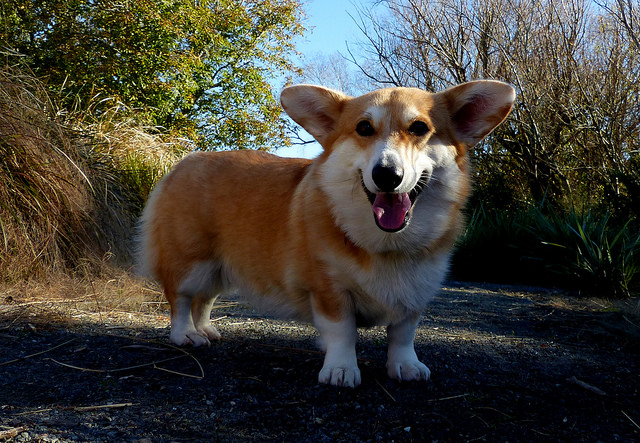
2. The Queen has always kept corgis – image source
Crown – a special tiara (formal headdress) worn by a monarch
Throne – a large, special chair where a monarch sits on formal occasions
Coronation – the ceremony where a new monarch is crowned
Abdication / to abdicate – to give up power / the throne
The Royal Court – the wider royal household, including family and attendants
British peerage – ranks of British nobility (people connected to the royal family) – hereditary titles
Queen (f) – the nation’s monarch
King (m) – the nation’s monarch
Prince (m) – member of the royal household, often son of the sovereign
Princess (f) – member of the royal household, often daughter of the sovereign
Platinum Jubilee – a special anniversary marking 70 years of a reign
Diamond Jubilee – a special anniversary marking 60 years of a reign
Golden Jubilee – a special anniversary marking 50 years of a reign
British peerage system
There are 5 hereditary ranks of British peerage, behind the Monarch and the Prince and Princesses of the royal household. These ranks are passed down through the generations and form a hierarchical structure of nobility.
For those who watched Downton Abbey on television, you will remember that Lord Grantham is an Earl and Lady Grantham a Countess.
Duke (m) / Duchess (f) – highest rank of British peerage
Marquess (m) / Marchioness (f) – 2nd rank of British peerage, ranking above an Earl but below a Duke
Earl (m) / Countess (f) – 3rd rank of British peerage, ranking above a viscount but below a marquess
Viscount (m) / Viscountess (f) – 4th rank of British peerage, ranking above a baron but below an Earl
Baron (m) / Baroness (f) – 5th rank of British peerage, the lowest peer ranking
These ranks all have the right to apply to sit in the House of Lords. There are two more ranks which are not British peers. The Baronet/Baronetess, which is hereditary, and the Knight/Dame which is an honour title and non-hereditary. (If a title is ‘hereditary’, it means you inherit the title from your parents/family).
Baronet (m) / Baronetess (f) – hereditary title beneath Baron, but not a peer ranking
Knight (m) / Dame (f) – non-hereditary, title bestowed to honour an achievement
All Queen’s honours awards (including Damehoods and Knighthoods) are announced twice a year – in the Queen’s Birthday Honours List in June and in the New Year’s Honours List on the 1st January.
During the ceremony, the individual is ‘dubbed’ by the Queen, who will lay a sword blade on their right, then left shoulder.
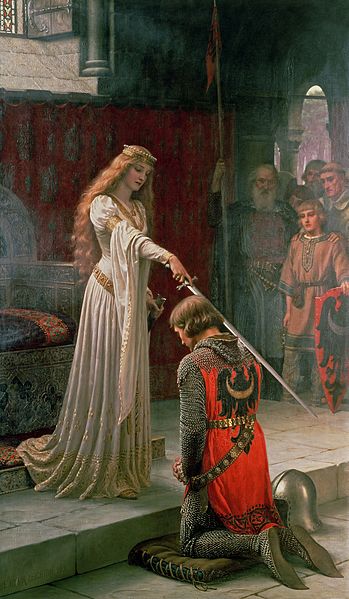
‘The Accolade’ by Edward Blair Leighton, depicting a knighting ceremony – image source
Share your thoughts on the Queen’s birthday
What do think about the British royal family?
Do you support the concept of a monarchy in general?
Will you be celebrating the Queen’s Platinum Jubilee?
What other royal vocabulary should we include in our Queen’s birthday EFL lesson?
Attributions
- Her Majesty the Queen, aged 81, of the United Kingdom. Photo taken during a visit in NASA’s Goddard Space Flight Center. Greenbelt, Maryland, USA. Image by NASA/Bill Ingalls [Public domain], via Wikimedia Commons
- Gracie.My “girl” by Bernard Spragg. NZ via Flickr [Public Domain]

Anyone celebrating Queens 92nd Birthday?
BTW I love the Dress at the Party event !
Hi Shelly
Hope you enjoyed the celebrations! Yes, the Queen’s silver and gold dress with the daisies was lovely – she always looks so colourful. I’m sure she will bring out another great outfit for the royal wedding next month!